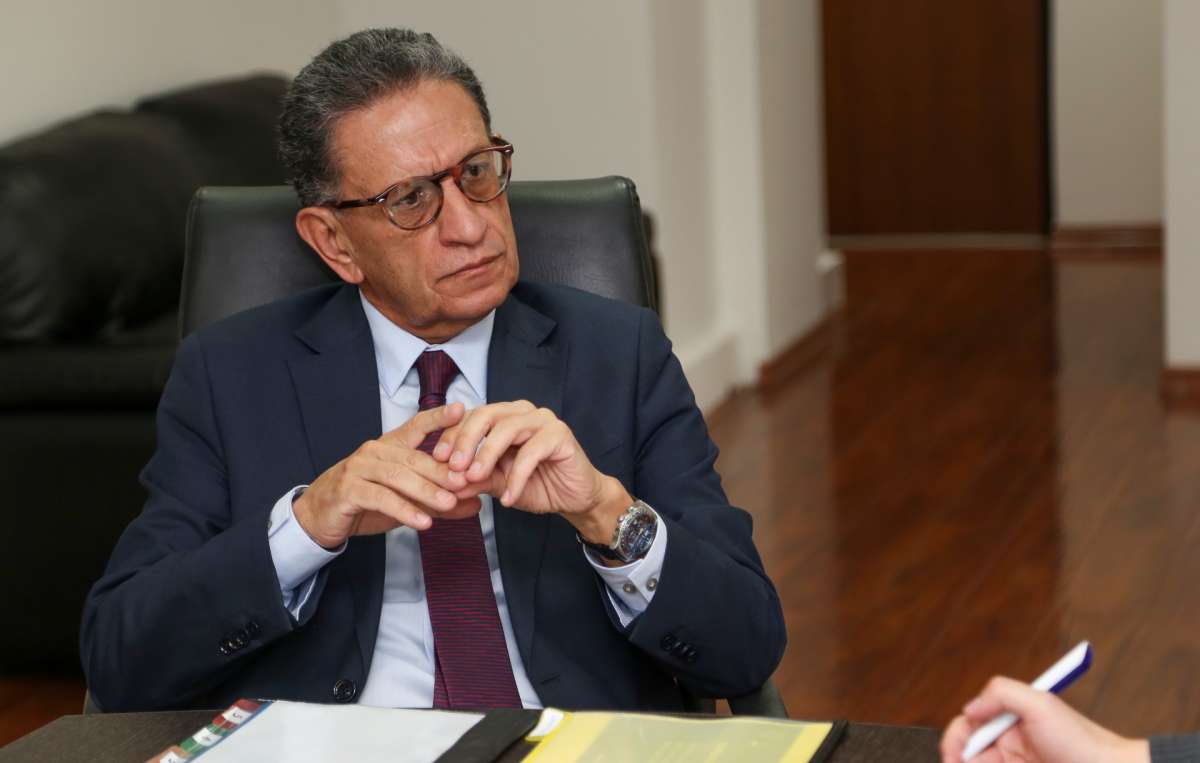RIO DE JANEIRO, BRAZIL – Ecuador, which left OPEC in January 2020 to circumvent quota limitations and membership payments, currently produces about 500,000 barrels per day (BPD), down from 2019 and a very similar amount to that of 2004, when it began to climb its last productive rung.
Ecuador aspires to double its oil production, stagnant for almost 20 years. It will seek to fully involve the private sector through a strategy that would break the quasi-monopoly of the state.
Read also: Check out our coverage on Ecuador
The goal has been repeatedly announced by the new president Guillermo Lasso and, although some doubt that it is possible, by the end of this year he has demanded from the head of Energy and Non-Renewable Natural Resources, Juan Carlos Bermeo, a growth of about 40,000 BPD (8%).

“The goal is very high. This is like an elite athlete who is aiming for the gold,” declared the minister, who has just arrived in office.
NEW TARGET
Experts in the sector argue that the stagnation is due to the exploitation model – it is 75%-80% in the hands of the State, which does not have the resources to invest – as well as to the contractual changes established a decade ago by the government of Rafael Correa, which scared away investors.
According to the document, the goal now is a reform advanced through Decree 95 signed by Lasso in July, with the central objective of “optimizing state revenues” and “increasing hydrocarbon production in a rational and environmentally sustainable manner”.
On Tuesday, Bermeo met with executives of 35 companies in the country to ensure that “we are all in the same boat” and “we have to push towards that goal, first the December goal and then the long-term goal.”
He plans to “promote certain specific works” related to infrastructure, pumping processes, and routes to achieve the first goal.
Although its exploitation began in the 20s of the last century in Santa Elena, it was not until the 1970s when Ecuador had its “oil boom” with the exploitation in the Amazon, when oil became its main export product (34.4% in 2019) and, therefore, one of its main sources of foreign exchange and income to the national budget.
THE REAL AMBITION
The second objective that of doubling production to one million barrels per day is the one that generates the most uncertainty, first because it requires an investment quantified at up to US$7 billion and, second, because it puts indigenous and environmental groups on alert.
“In the long term, the investment will not come from the public sector, which has no money, but from the private sector,” Bermeo points out, recalling that this will require “adapting the legal framework”.
The government’s first objective is to migrate, voluntarily, the fields under specific contracts to “participation contracts”, a change that would convey “a key message of legal security”.
For the Minister, the “stability of the country”, in comparison, for example, with Colombia and Peru; the comfortable “political environment”; and the “business reputation” of its President, provide a good opportunity to do so. “I believe that the image it projects today is one of confidence,” he assures.
With this, and with reserves of some 2.2 billion barrels, Bermeo urges to “take advantage of oil availability today, not tomorrow” because “the needs are on the surface”.
At the current rate of exploitation, reserves would last a little more than a decade, and only investment in new wells could expand them.
“We are going to promote the Participation Contract option; we are going to go out with a new offer called Intracampos 2 and, once approved and legislated, we will go out in oil rounds. We already have an inventory and exploitation zones,” said the Minister.
All this will require the expansion of infrastructure both in extraction and in transportation and storage.
OIL FRONTIER
A plan that foresees expanding the “oil frontier” but “not irrationally” affirms the minister, “firstly because it is prohibited and, secondly, there is high environmental or social sensitivity.”
At the beginning of August, Ecuador’s main indigenous organization demanded that Lasso stop extraction and “privilege the economy that we Ecuadorians know how to do: agriculture, cattle raising and tourism.”
But the 2020 pandemic, which caused a gigantic fiscal hole, and the high demand in the face of socio-economic problems, generate an urgent need for liquidity.
The Minister of Environment, Gustavo Manrique, justified the governmental decision in that there is “27% of child malnutrition”, “there is no wealth” and, he underlined, that the process will be done in the most controlled way to guarantee that the industry complies with the environmental criteria.
For Bermeo, guarantees can be obtained by simply “speaking the truth” and revealing with transparency “where work is being done, with what type of practices, and what are the tangible benefits for the State and the nearby communities” of oil exploration and production.

